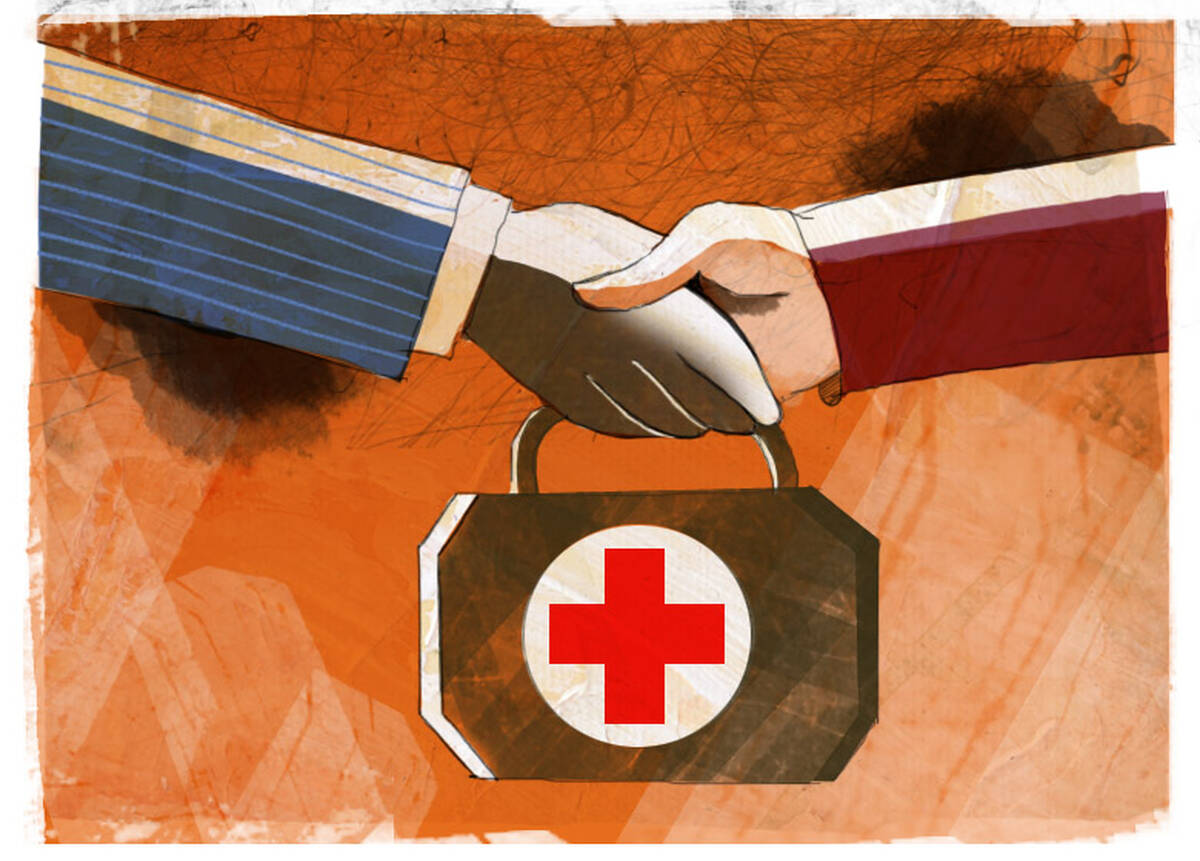Featured Faculty
Clinical Associate Professor of Law, Northwestern School of Law; Clinical Associate Professor of Strategy (Courtesy)

Yevgenia Nayberg
From corporate social responsibility initiatives to humanitarian aid programs, there is no shortage of campaigns calling for access to better healthcare. Delivering on that goal, however, has always been a daunting challenge, in part because many global health interventions pose a real or imagined threat to longstanding cultural practices.
So what makes a global healthcare initiative successful? How can leaders simultaneously improve healthcare outcomes while respecting local tradition?
For Juliet Sorensen, a clinical associate professor of strategy at the Kellogg School and director of the Northwestern Access to Health Project—a collaboration between the Kellogg School, the Northwestern School of Law, and the Feinberg School of Medicine—success all comes down to people. The best technologies and the smartest processes are only as effective as local support allows them to be.
“Whatever the project objective might be, you simply cannot go it alone,” Sorensen says. “You will always need community buy-in, and local partners are crucial for that. They are worth their weight in gold.”
“The permanent local liaison is better than the transient American one—they can help you identify community leaders who will truly advocate for the project.”
Based on her experience leading projects throughout the developing world, Sorensen offers the following advice.
Establish a community board. “The idea is not to treat communities as beneficiaries of philanthropy.” Sorensen says. Instead, the community should be deeply involved in decisions at every stage. And the best way to guarantee involvement is to establish a community advisory board.
“Ideally, it should be a representative cross section of the entire community,” Sorensen says.
In Mali, for example—where one of her projects addresses a range of health issues, from water sanitation to health education to HIV/AIDS prevention—the board includes a number of leaders working outside the healthcare profession: the head of the youth center, the leader of a women’s organization, and the principal of the elementary school. In the Dominican Republic, where Sorensen runs a project aimed at coordinating healthcare delivery, the board includes at least two pastors. “When you work in devout communities, you have to engage the religious leaders,” she says. “They’re a key part of the cross section.”
Choose a community liaison. As important as it is to engage a cross section of community leaders, it is equally vital to choose liaisons to help with coordination. The liaison’s role is to act as a bridge between the project leaders and the advisory board.
“This isn’t just practical—it’s necessary,” Sorensen says. “The permanent local liaison is better than the transient American one—they can help you identify community leaders who will truly advocate for the project.”
In Mali, two members of the advisory board were especially dedicated to the cause. One was an advocate for girls’ education; the other was the director of a local radio station who had featured programs specifically meant to increase health literacy. “Both of these partners were essential for us—they offered advice, gave us legitimacy, and helped us spread the message,” says Sorensen.
Work with a local project manager. In addition to the advisory board and community liaison, a successful healthcare initiative should also appoint a local project manager. “It’s very important for outside groups to recognize their limitations,” Sorensen says. This is especially true whenever a healthcare initiative’s objective poses a challenge to cultural tradition.
Consider the issue of female genital mutilation (FGM). In Mali, it is not easy for an outside group to navigate the power balance of local government, civil society, and the country’s network of religious authorities. “The project manager has better access to every relevant stakeholder,” says Sorensen. “For this particular project, we needed someone who could speak with the imams and also the people involved in FGM.”
Consider the livelihoods you are affecting. Health interventions, for all their virtues, tend to disrupt the status quo, and part of winning local support is managing such disruption wisely. For example, rather than merely stigmatizing those who earned a living practicing FGM, Sorensen’s team focused on other contributions they could make to the local economy.
“This is a way of life for some people,” Sorensen says, “so we worked closely with [them] to provide them with ‘capacity building’—a substitute source of livelihood in exchange for their abandoning their old profession.” Within six months, the campaign had a significant impact on health outcomes as well as on the local economy: the cutters had begun raising sheep, selling ice cream, and running small businesses.
Know you will not please everyone. “In any venture, there are always a number of unanticipated twists and turns—especially in the developing world,” Sorensen says. That means project leaders need to pay attention to long-term trends and changes in stakeholder motivations.
“There’s always going to be someone who’s disappointed that the project focused on X instead of Y,” she says. “And there are some problems you may not solve. So it’s good to be idealistic as long as you’re not under any illusions.”